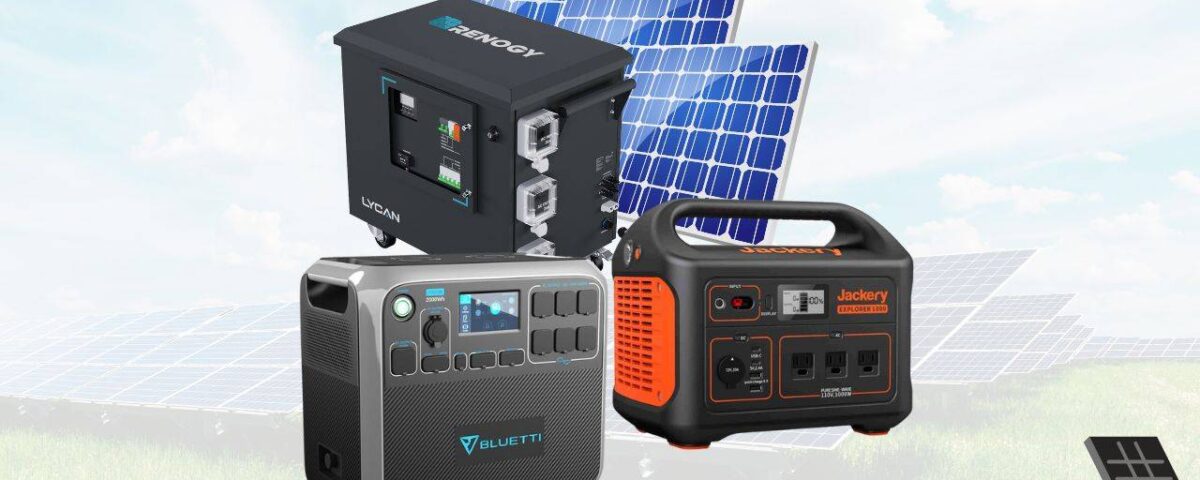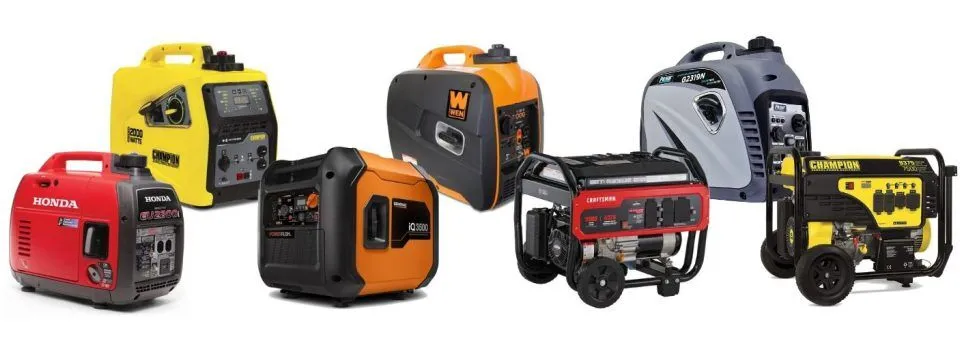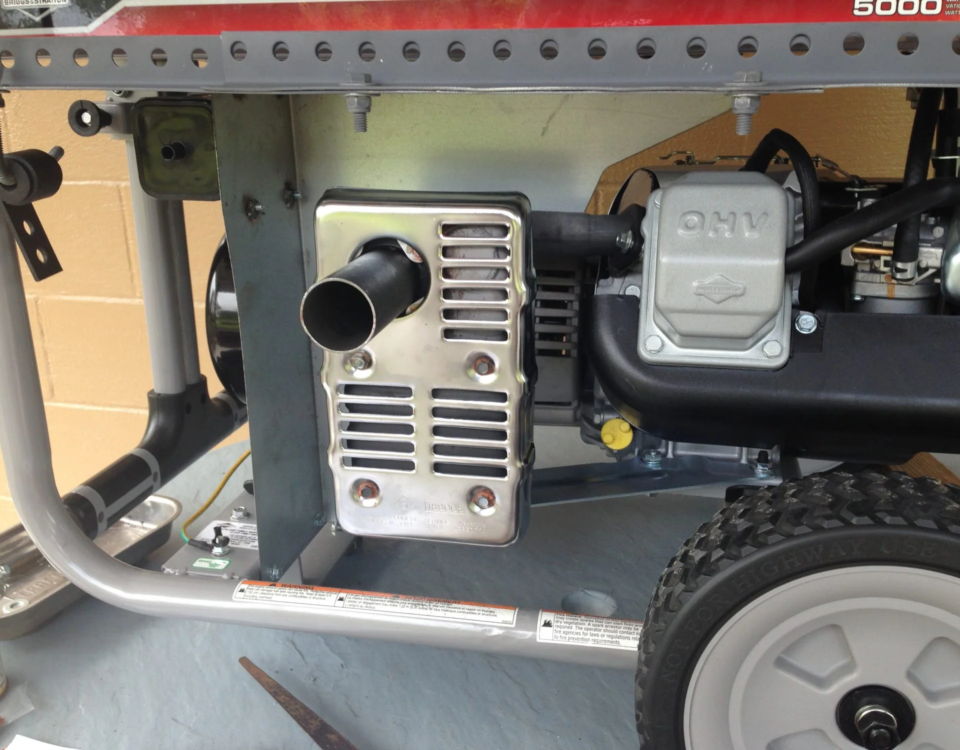
In today’s world, where power outages can occur unexpectedly due to various reasons – be it natural disasters, infrastructure issues, or simply overload – having a reliable backup power source is crucial. This comprehensive guide is designed to help homeowners understand the different types of home generators, their advantages and disadvantages, and how to choose the right one for their specific needs. Whether you live in a 2000 sq ft house, need to power a home with air conditioning, or just want to ensure your essential appliances remain operational during a power outage, this guide offers invaluable insights. From portable to natural gas generators, learn how to navigate through your options with ease.
Types of Home Generators: Advantages and Disadvantages
Portable Generators
Portable generators are compact and versatile power solutions that have become indispensable in various settings. Fueled by gasoline, propane, or diesel, these standalone units offer mobility and convenience, serving as reliable sources of on-the-go power. Whether deployed for home backup during outages, powering outdoor activities like camping and RV trips, supplying energy on construction sites, or providing electricity for events and gatherings, portable generators play a pivotal role. Key factors in choosing the right generator include power output, fuel type, portability features, and noise level. Notable models like the Honda EU2200i, Generac GP3500iO, and Champion 3800-Watt Dual Fuel Generator exemplify the diverse options available. Regular maintenance, including inspections, oil changes, fuel management, and air filter maintenance, ensures the longevity and reliability of these compact powerhouses, making them indispensable tools in various scenarios.
Pros:
- Advantages: Mobility, Lower Cost, Versatility (Gasoline, Diesel, Propane)
- Power Range: Ideal for small appliances and tools
Cons:
- Disadvantages: Limited Power (1,000 – 8,500 watts), Manual Setup, Fuel Storage
Standby Generators
Standby generators are robust and reliable power solutions designed to seamlessly provide backup electricity in the event of a power outage. Unlike portable generators, standby generators are permanently installed and connected to the home’s electrical system, automatically activating when a disruption in the main power supply is detected. Fueled by natural gas or propane, these generators offer continuous power, making them ideal for homes, businesses, and critical facilities that require uninterrupted electricity. With advanced features such as automatic transfer switches, remote monitoring, and self-diagnostic capabilities, standby generators ensure a swift and efficient transition to backup power, providing peace of mind during unforeseen electrical disruptions.
Pros:
- Advantages: High Power (5,000 – 20,000+ watts), Automatic Operation, Natural Gas Connection
- Power Range: Suitable for entire households, including AC units
Cons:
- Disadvantages: Higher Cost, Space Requirements, Regular Maintenance
Solar Generators
Solar generators harness the power of the sun to generate clean and sustainable electricity. Comprising solar panels, a battery storage system, and an inverter, these generators convert sunlight into usable energy, offering a renewable alternative to traditional fuel-based generators. Solar generators are prized for their eco-friendliness, silent operation, and versatility. They are particularly useful in remote locations, camping trips, or as backup power for essential appliances. As sunlight is abundant and free, solar generators contribute to reducing reliance on traditional grid power, making them a popular choice for environmentally conscious individuals seeking a reliable and green energy solution.
Pros:
- Advantages: Renewable Energy, Quiet and Clean, Low Maintenance
- Power Range: Best for charging devices and running small appliances
Cons:
- Disadvantages: Weather Dependent, Higher Initial Cost, Limited Power (1,000 – 5,000 watts)
Natural Gas Generators
Natural gas generators are robust power solutions that leverage the clean and efficient energy derived from natural gas combustion. These generators are widely employed in various settings, including residential, commercial, and industrial applications. Fueled by a continuous and readily available supply of natural gas, these generators offer a reliable source of electricity with lower emissions compared to traditional fuel options. Their automatic operation, often integrated with advanced control systems, ensures a seamless transition to backup power during electrical outages. Natural gas generators are valued for their efficiency, reduced environmental impact, and versatility, making them a preferred choice for those seeking a dependable and cleaner energy solution.
Pros:
- Advantages: Constant Supply, Clean Burning, Reliability
- Power Range: Ideal for medium to large homes
Cons:
- Disadvantages: Requires Professional Installation, Dependency on Gas Grid, Limited Portability (7,000 – 15,000 watts)
Generator Size Chart and Calculator
Detailed chart showing running and starting watts of common appliances.
Reference to an online generator size calculator for accurate assessments.
Specific Considerations
For a 2000 Sq Ft House: Size recommendations considering average power consumption.
For a House with AC: Focus on generators capable of handling air conditioning systems.
Generator Sizes in kVA
Conversion table for watts to kVA.
Overview of standard generator sizes in kVA.
Calculating Your Power Needs
Instructions to calculate total running and starting watts.
Guide for determining power priorities.
Choosing a Generator Based on Size and Needs
How to select a generator using your total power requirement.
Additional considerations: safety, installation, and maintenance.
Creating a chart to help calculate the power requirements for a home generator involves listing common household appliances along with their typical running and starting wattages. This chart can then be used to estimate the total wattage requirement for a home, which is crucial in determining the appropriate size of the generator.
Here’s a simplified example of such a chart:
| Appliance | Running Watts | Starting Watts |
| Refrigerator | 700 | 2200 |
| Freezer | 700 | 2200 |
| Sump Pump | 800 | 2000 |
| Window AC Unit | 1200 | 1800 |
| Furnace Fan | 800 | 1300 |
| TV | 200 | |
| Microwave | 1000 | |
| Dishwasher | 1500 | |
| Washing Machine | 500 | 1500 |
| Clothes Dryer | 3000 | |
| Lights (per bulb) | 60 | |
| Computer | 300 |
To use this chart:
List the Appliances: List the appliances you plan to power with the generator.
Calculate Running Watts: Add the running watts for each appliance you intend to use simultaneously.
Account for Starting Watts: Identify the appliance with the highest starting wattage (only one needs to be considered, as appliances don’t start up all at once) and add it to the total running watts.
Total Power Requirement: The sum of the total running watts and the highest starting wattage gives you the minimum wattage the generator should have.
Please note, this chart is for illustration purposes and the actual wattage may vary based on the specific models and usage of the appliances. For precise requirements, it’s advisable to check the wattage information on each appliance or consult a professional.
Conclusion
Recap the essential points, emphasizing the importance of matching a generator to specific home needs and safety protocols.




